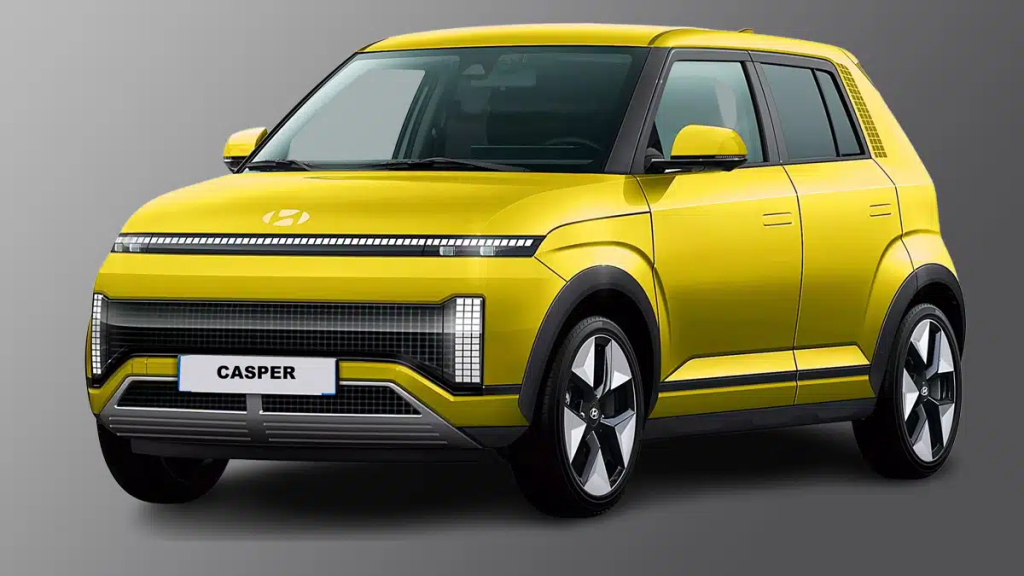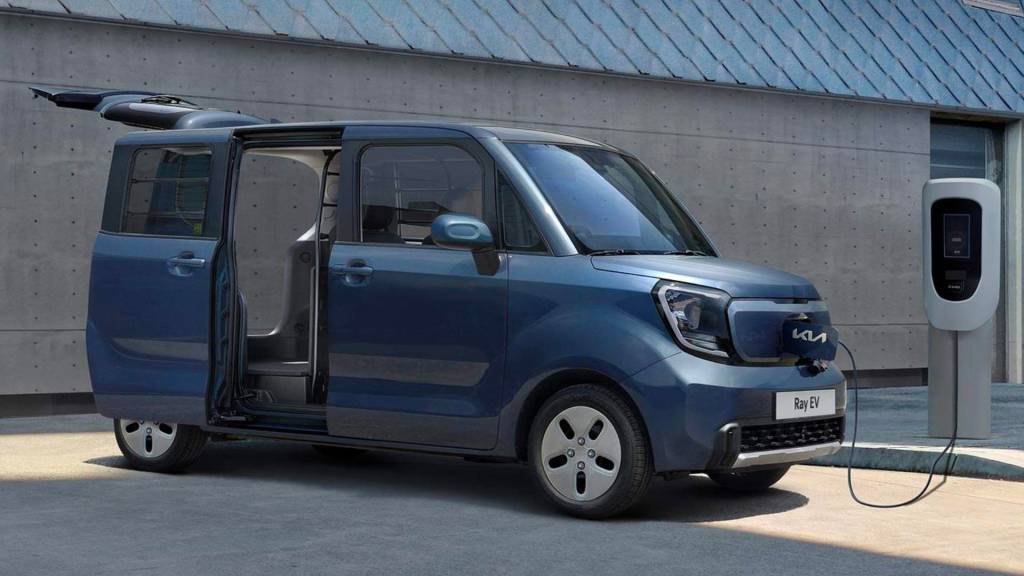
Sometimes, interesting statistics just pass through my reading conduit, mentally noted, but not recorded. For example, at some point it was claimed that the median age of the owners of new Suzuki vehicles was the highest in Norway. I believe it was somewhere in the early 60s. Because this was at the brand level I was not surprised. I realized that all of the Suzuki owners I knew were mature. However, if the result was based on a specific Suzuki model, I would have been more surprised.
Reading does not give me all the answers. There are situations where I learn things on the streets. A new example, all those observations where one guesses the apparent demographic makeup of vehicle drivers. Many vehicle models are driven by a mix of genders and ages. There are exceptions. Drivers of a BMW i3 are predominantly female. The owners I know are all women teachers, except for one outlier in California. In terms of age, drivers of Hyundai Atos have always looked old! So do drivers of its replacement, the Hyundai i10. These are the two models I expected to have the oldest owners. These are not cars that the youngest drivers eagerly await to inherit from generous grandparents.
As Norway heads deeper into its final year allowing sale of new internal combustion engine ( ICE) vehicles, I have been wondering what older people without the cash to buy a Tesla Y will be acquiring. It is a relevant question, to be asked everywhere. Electric vehicles (EVs) are still less affordable than ICE vehicles.
I had expected Hyundai to update its i10 to an EV. This appears to be an incorrect assessment. European media speculates that Hyundai’s smallest EV will be the Casper. If you think this vehicle is named after a friendly ghost, you are only partially correct. According to Hyundai, it was named after a skateboarding technique, that was named after this ghost.
The Hyundai Casper is an A-segment (Europe)/ city car (North America) vehicle. Hyundai claims it is the world’s smallest crossover SUV. The precise size of the EV version is unknown (to me, anyway) at this point but it will probably not be more than: 3.60 (length) x 1.60 (width) x 1.60 (height) meters. The model is currently under development in Japan. Interesting, because Hyundai is a South Korean brand, and the primary market is Europe.
It is to be equipped with an American Borg-Warner iDM 146 = integrated (electric) drive module, that operates with 400 V, and provides a peak output of 70 to 100 kW. Torque is stated to be from 1500 – 2000 Nm. Press releases about the motor state: “its modular design allows power and torque output to be scaled specifically to customer requirements.” Several automotive journalists claim a 0 – 100 km/h acceleration at 6.5 s. It is not quite as fast as that of a B-segment Volvo EX30, but fast enough for most people. It will also be equipped with a 39 kWh battery, giving an estimated range of about 300 km, but this is disputed. Fast charging from 10 – 80% takes about 40 minutes.
Note: I find much of the content about the Casper specifications from automotive journalists (and others) difficult to accept. Some have specified a power of 135 kW, which is outside the Borg-Warner range for this model of motor. If this were 135 horse power, then this is at the top end of the range, 100 kW. Then there are questions about torque. Torque values of 1500 Nm have been offered by journalists. Values from there to 2000 Nm are given in written material from Borg-Warner. Thus, I wonder if Americans, used to measuring torque in foot-pounds, and not understanding acceptable values in Nm, have made a decimal placement error, so that the torque is between 150 and 200 Nm. A VW electric motor common on ID series vehicles, with 150 kW, typically produces 310 Nm of torque. A standard 2024Tesla Y with 220 kW of power, has 420 Nm of torque. An A-segment Fiat 500e has 86 kW of power and 220 Nm of torque.
European models will be made at the Nošovice, Czech Republic, factory. As long as a few other conditions are met, this allows the model to be treated as a European vehicle, in terms of government subsidies.
According to a video on The Auto Vision – The Korean Car News (YouTube) Channel, there is some possibility that the Casper could also be offered for sale in North America. Hyundai is planning to open an EV plant near Savannah, Georgia. With the right mixture of ingredients this could also allow North American subsidies.
Part of the appeal of the Casper, and similar vehicles, by older drivers, is the height of the vehicle, which gives a better view of the road, which can (to some extent) compensate for reduced reaction speeds. In other European countries, narrow vehicles are appreciated, because they suit narrow medieval streets. In Norway it is narrow rural roads. Everywhere, this type of vehicle is only filled with one or two people, if it is used for commuting. It is not suitable everywhere, but is useful in areas without adequate public transport, but with adequate parking. Frequently, this type of vehicle will appeal to older drivers, especially when provided with advanced driver-assistance systems. Many retired people do not need or want a large car.
Kia Ray

There is also speculation that Hyundai could make a multi-purpose vehicle (MPV) version of the Casper. Yes, it would be sensible for Hyundai to produce something that looks like a Kia Ray. The Ray is 10 cm taller than the Casper. Otherwise most specifications are almost the same.
Hobbies can influence vehicle purchases. I am not convinced that a couple of sets of golf clubs will fit into a Casper, but they probably will fit into a Ray. So people who need to transport large items, such as teenagers, may prefer an MPV.
Since Hyundai tries to keep both brands alive in Europe, it is possible that such a van could be made at Kia’s manufacturing plant in Europe is located in in Žilina, Slovakia.
Driver assistance system features include: Rear Cross-Traffic Collision-Avoidance Assist and Safe Exit Warning. Convenience features include: a ventilated driver’s seat and air-purification mode. Perhaps the most unique feature is its rear passenger doors. These are sliding on the curb side of the vehicle, but swing-out on the opposite side. Regard the swing-out door as an emergency exit.
Speculation
Since the beginning of 2023, Hyundai has only sold EVs in Norway. Currently these are: the Kona, Ioniq 5, Ioniq 6 and Ioniq 5 N. The Kona is front-wheel drive (FWD), the others have all-wheel drive (AWD) as an option, although I have never experienced anyone buying one without that option. Norwegians also prefer cars with trailer hitches and roof racks. The Norwegian Hyundai website, has a page dedicated to trailer hitches, and the carrying capacity of each model, which is for trailers with brakes, 750 kg for some Konas and 300 kg for others, 1 500 kg for the Ioniq 6, and 1 600 kg for the Ioniq 5. While there are pickups in Norway, they are not a popular choice. Almost everyone has access to a utility trailer!
Currently, the suggestion is that Casper will come with FWD, not AWD. I suspect that its purchasers will be a wider demographic than that of the Atos or i10: Older drivers may want to buy one as their only car; middle aged drivers may choose one as a second car, used for commuting; younger drivers may relish the opportunity to buy an affordable vehicle. In a few years time, even the very youngest drivers may eagerly await the inheritance of a Casper from generous grandparents.

